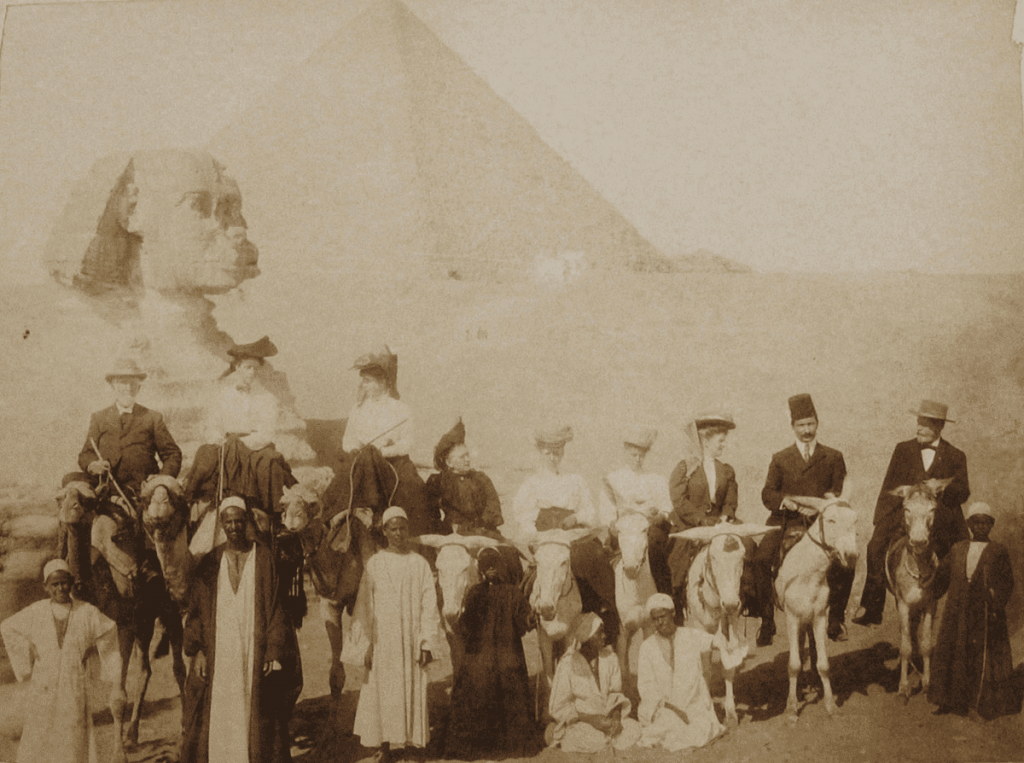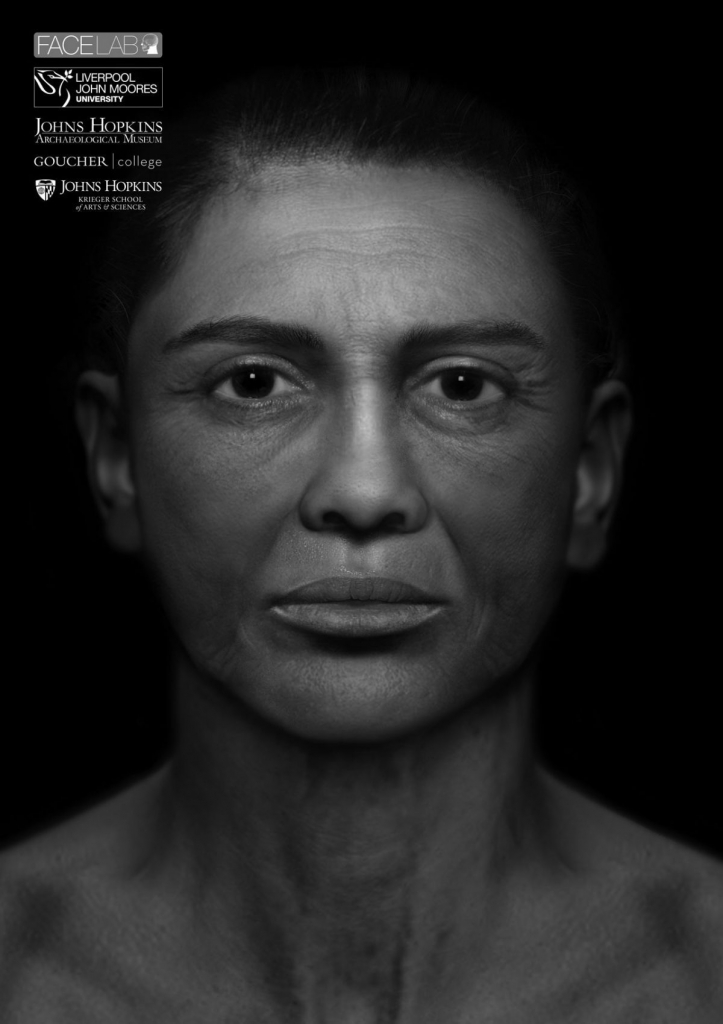The myth: Goucher College has a human mummy somewhere in the old archives of Julia Rodgers.
Myth status: True (sort of)
In 1895, John Goucher, founder of Goucher College, traveled to Egypt and purchased a human mummy for exhibition at the college. Goucher attempted to unwrap the mummified woman, but was unsuccessful due to thick layers of resin used in the wrappings. Further attempts to unwrap her resulted in her current, partially unwrapped condition. She was displayed at Goucher from 1895-1938, before being loaned to the Baltimore Museum of Art. In 1971, she was returned to Goucher College, where she was, in fact, largely forgotten in the archives. In 1988, she was put on long-term loan to the Archeological Museum at Johns Hopkins, where she remains to date.
Obviously, this story is riddled with ethical decisions that are questionable, at best. In recent years, the ethics of displaying human bodies as artifacts has come into question. In recent years, there has been increased outcry from people arguing that the mummies did not agree to have their bodies put on public display, and that they be removed from public view out of cultural respect. Meanwhile, some experts argue that ancient Egyptians embraced the union of death and life, the dead were mummified to give the spirit a body, and thus would have welcomed some modern interaction with the living. There is also a case to be made for the scientific, historic, and cultural value of studying mummies. Regardless, John Goucher’s actions were reprehensible.
Today, Hopkins tries to alleviate this by using the mummy to enrich human knowledge. In 2018, Hopkins made a tremendous breakthrough when they were able to digitally reconstruct the facial features of the Goucher mummy, showing what the woman would have looked like 2,400 years ago. CT scans and MRIs have revealed high levels of information about her daily life and mummification process. The Goucher mummy can be found at the Johns Hopkins Archaeological Museum today, in a darkened knave surrounded by funerary objects.



